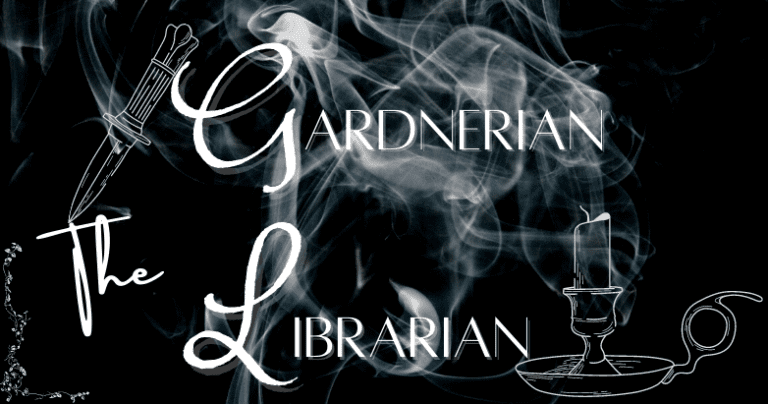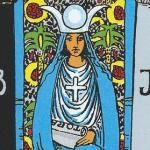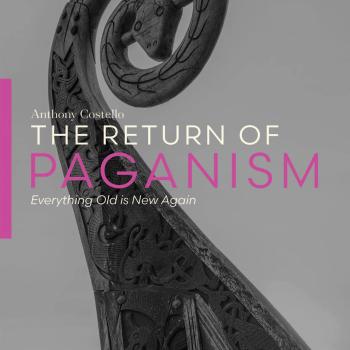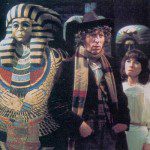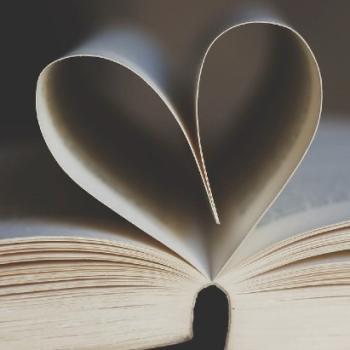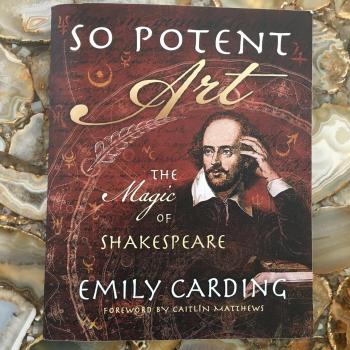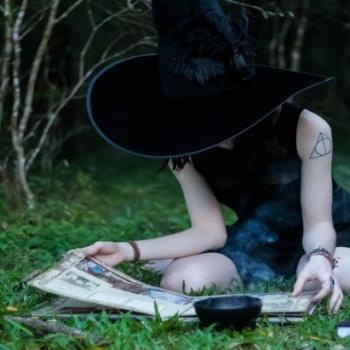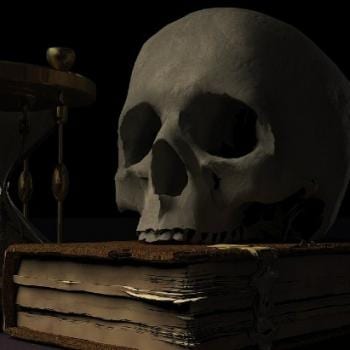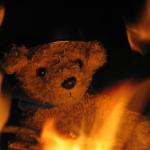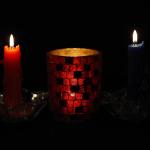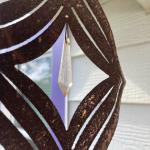Librarians are master curators when it comes to archives and both large and small collections of documents. Every library, whether it’s personal or private, has been curated by someone or multiple someones over generations. Academic libraries curate their materials based on the disciplines their programs cover, while public libraries curate materials based on the interests of their communities. And like larger libraries, our personal libraries are a reflection of our needs and interests over a period of years.
Most pagans that I know read a lot, like, a lot alot. We love to share the books we’re reading on our social media pages and most of us are constantly in “collector mode” for new and updated volumes. For those of us who have been around the pagan block for a couple of decades, we’ve likely amassed and/or read hundreds to thousands of books on magic, witchcraft, paganism, and the occult. Some of us have huge personal libraries of every book we’ve ever read (or plan to read) in those genres, while others may only have a small collection of titles. In any case, most pagans I know are super proud of their libraries.
So, how can we go about curating our own collection of occult book titles with a magical mindset? Curation is a magical act of creation.
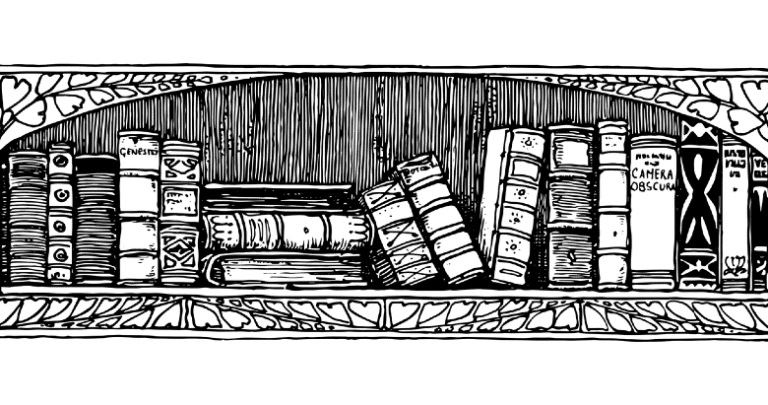
How to Curate a Collection with a Magical Mindset
-
Set an intention.
Like any good spellwork, you must decide what it is that you want or need from your collection. Do you intend to amass the largest personal library among all your pagan friends? Do you desire to own every title on the magical applications of nightshades? Do you wish to simply build a collection of magical titles to serve as reference? Do you only wish to own titles from a specific publisher or author? Whatever your intention, K.I.S.S. : Keep It Simple, Sillybear.
-
Decide on the scope.
This is the time to decide how large you want your collection to be, how much time you’d like to dedicate to building it, and the space that will be required to house your materials. Keep in mind that digital collections also require time, space, and (usually) money to acquire. That last part is the important part: how much money are you willing to spend to build your collection? Should you set a budget beforehand? At the time of this writing, the average price for hardbacks is USD 20-25.00 and paperbacks is USD 11-17.00.
-
Dedicate (sacred) space.
If you’re building a physical collection then you’ll need to carve out a physical space to house your books. Refer back to what you decided would be the intention of your collection to determine how much approximate space you’ll need. The size of books varies quite a bit, but at the time of this writing, the average hardback is 9-11 x 6-8.5 inches (Length x Width), and the average paperback is 5.5-11 x 8.5 inches (L x W). Each publisher may also have their own set of standard sizes. It’s impossible to know exactly how much space you’ll need, so leave a little extra room in your plans. It may be prudent to plan for the largest average length and width. Also consider how you’d like to store your collection: on shelves, in boxes, scattered about your room, etc.
-
Cleanse the space.
You’ve set your intention and have a general idea of the space required for your collection-to-be. You’ve set up your space to properly store your collection, so let’s take some time to cleanse the space of dirt, grime, and stagnant energy. There are a myriad of ways to cleanse a space of stagnant energy, so I recommend picking your favorite and going to town. Some folks also create magical sigils to protect their personal libraries and to attract knowledge.
If you acquire books that aren’t new, make sure that they are free of dust, mold, mites, silverfish, and book lice. Not checking your books over for these common issues before adding them to your collection will result in a spread of those issues throughout your entire collection. Keep the mole hill a mole hill well before it becomes a mountain.
-
Initiate the acquisition of materials.
This is the fun part! It’s time to begin acquiring your books! Do you plan to buy everything you want/need from the get-go and read them later? Or would you like to acquire a one or a few at a time, read them, and then acquire more? You get to decide the speed with which you build your collection, as well as how you go about actually developing it.
-
Evaluate and reevaluate.
My advice to you is to not let your library become an untouchable monolith. Periodically take the time to evaluate the titles you’ve acquired and weed out the ones that no longer fit either you or your collection. Consider donating weeded materials to public libraries so that others can enjoy them without a cost barrier.
It’s also good to reevaluate the original intention and scope of your collection. Did you stick to your intention or wander hopelessly away from the original desired outcome? Was it even a negative thing that you did wander from the original intention?
“When Will My Library Show
Who I Am Inside?” – Mulan, probably.
Despite what you might think, my personal library is relatively small; I’m incredibly selective about which titles I purchase in hard copy. The number of titles that I own is vastly underwhelming compared to the number of titles that I’ve read. Why? Because I’ve curated my collection to be a reflection of the books that have been most influential to my practice. It’s a personal choice and not one that I’m pushing as the correct way. I love seeing large libraries as much as I do small ones. Digital libraries are pretty rad, too.
The winding path of interests I’ve had over the years is still reflected in my small collection: Wicca, British Traditional Witchcraft, North American Traditional Witchcraft, Avalonian traditions, Appalachian folklore and magical practices, ancestor veneration, Welsh and Celtic mythology, and more. The evolution of my personal religious and spiritual practices is reflected in those genres. Despite no longer practicing or having an active interest in some of those areas, I still keep the books as a reminder of who I was and have become. And who knows – maybe one day I’ll want to reread them and revisit my younger self.
Follow me on Instagram @thegardnerianlibrarian
